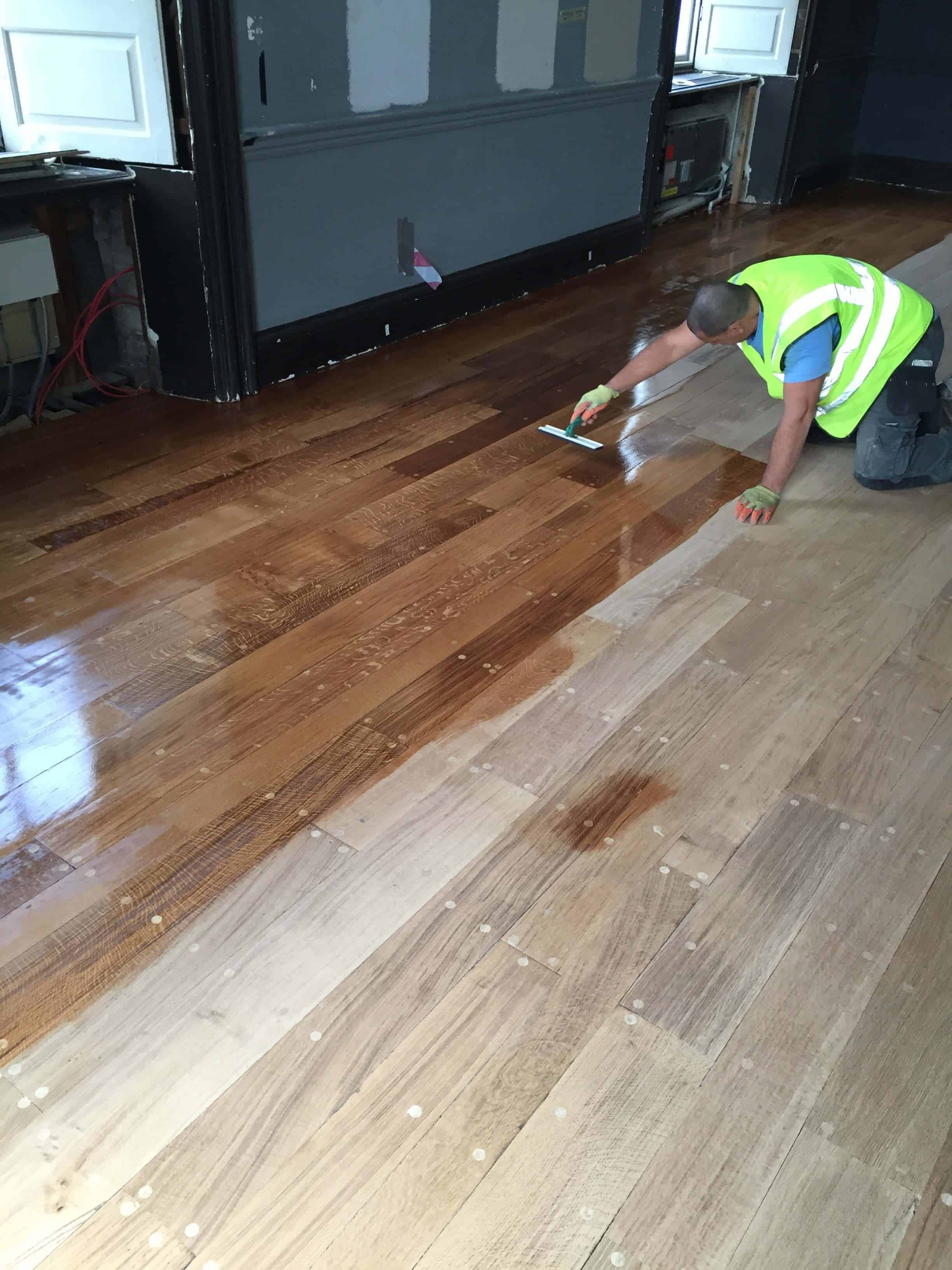From Decay to Rebirth: The Journey of Rock Reconstruction

Revitalizing masonry exteriors can be both a gratifying and complex task, turning decrepit structures into awe-inspiring showcases of artistry and timelessness. If it necessitates bringing back the shine of an old stone exterior or repairing weathered pathways, the craft of stone restoration is an art that demands attention to detail and a thorough knowledge of substances. As more residents and rehabilitation enthusiasts aim to preserve their properties' historical value, the demand for efficient stone restoration methods is on the rise.
In this guide, we will explore the key steps in stone restoration, common mistakes to steer clear of, and the supplies ideal for such tasks. From identifying when marble crack repair sydney to renew your stone surfaces to learning the best practices of engaging in either do-it-yourself methods or professional help, we will cover everything you need to start this journey from decay to renewal. The challenge at hand is not just about looks; it embodies our commitment to preserving heritage and ensuring that these stunning stone attributes continue a part of our landscapes for years to come.
Initiating with Stone Refurbishment
Ahead of commencing a stone restoration project, it's essential to examine the quality of the stone surfaces you wish to restore. Commence by reviewing the type of stone, its age, and the level of the damage or wear. Look for cracks, stains, and surface erosion, as these elements will dictate the specific restoration techniques necessary. Grasping the unique characteristics of the stone will assist you choose the right methods and materials for your project.

Once you have a clear assessment, the following step is to gather the suitable tools and materials. Depending on the level of the restoration, you may need cleaners, sealants, hand tools, and abrasives. It's vital to choose products intended specifically for the type of stone you are working with to avoid additional harm. If you're uncertain about what to use, talking to a professional or doing extensive research can provide guidance into the best practices for your specific situation.
In conclusion, consider if you should take a DIY approach or hire professionals for your stone restoration project. Although some little restorations can be managed on your own, more complex or more intricate restorations might require specialized skills. Weigh the benefits of each option, keeping in mind your budget, timeline, and the complexity of the restoration needed. Ultimately, beginning with the right note with careful planning will lay the foundation for a fruitful stone restoration journey.
Common Mistakes in Stone Restoration
One typical mistake in stone restoration is neglecting to assess the type of stone being worked on. Various stones require specific cleaning methods and materials, and using the incorrect products can lead to lasting damage. It is important to identify the stone's composition and condition before starting the restoration process. Failing to do so can result in costly mistakes and compromises to the structure's integrity.
Another common error is over-washing the stone surfaces. While it may seem beneficial to eliminate all stains and dirt completely, harsh cleaning can strip the stone of its natural patina and leave it vulnerable to later damage. Instead, it is wise to use gentle cleaning techniques and avoid strong chemicals that could degrade the stone. Preserving the stone's character while ensuring cleanliness should be the chief focus.
Finally, many restorers neglect the importance of proper sealing and maintenance after restoration. Not applying an adequate sealer can leave the stone susceptible to moisture infiltration, which can lead to more deterioration. Consistent maintenance is vital in preserving the beauty and longevity of restored stone surfaces. Implementing a strong maintenance plan allows homeowners to protect their investments and enjoy the results of their restoration efforts for a long time to come.
Preserving Your Refurbished Stone Surfaces
Once your stone surfaces have been restored, it is essential to create a consistent maintenance plan to promote their longevity and beauty. Start by systematically dusting and sweeping the surfaces to remove loose debris and prevent scratches. For thorough cleaning, use a pH-neutral stone cleaner that won’t damage the newly restored stone. Steer clear of acidic or abrasive cleaners, as these can damage the material over time. Regular maintenance not only improves the appearance but also assists in identifying any potential issues early.
Sealing is an important part of maintaining restored stone surfaces. A high-quality stone sealer delivers protection against stains, moisture, and other environmental factors that can weaken the integrity of the stone. Depending on the variety of stone and its location, the frequency of resealing may vary. Frequently check for signs that the sealant is wearing off, such as discoloration or reduced water resistance. Proper sealing can significantly extend the life of your restored stone.
In conclusion, be mindful of furnishings placement and foot traffic patterns. Use protective pads under furniture legs to prevent scratches and consider using area rugs in high-traffic areas. Educating family members and guests about the importance of staying away from the surfaces when wet can also be beneficial. By implementing these maintenance strategies, you will help protect the charm and functionality of your restored stone surfaces for years to come.
